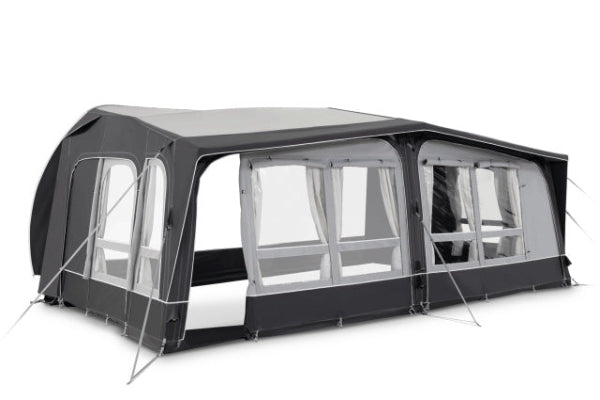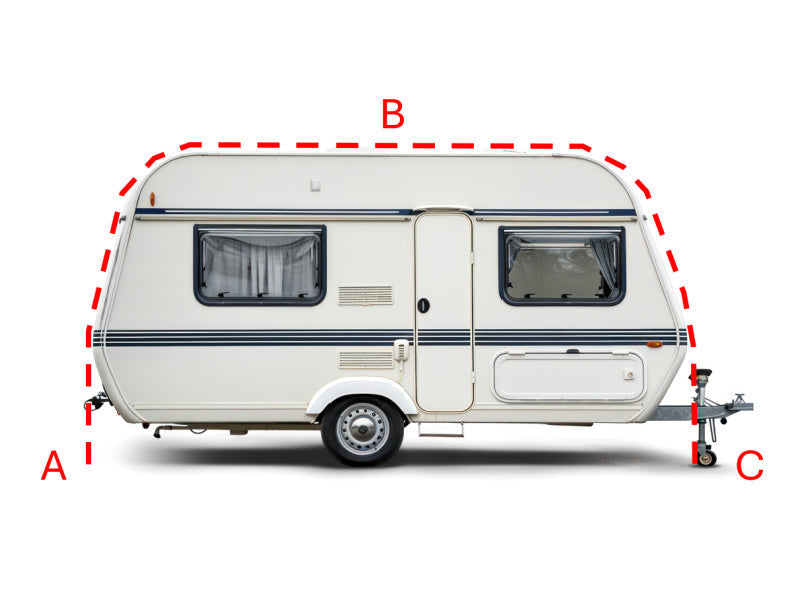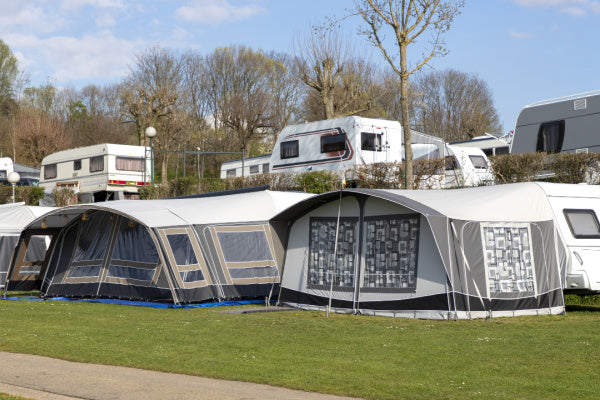Is a Shepherds Hut a Good Investment?
Thinking of swapping spreadsheets for sheep fields? Shepherd’s Huts can be a good investment—if you play it smart. Between quirky holiday lets and cosy garden offices, they offer charm and income. But are they all wool and no fleece? Let’s break down the costs, perks, and hidden splinters.
The Glamping Business: Analysing the Return on Investment (ROI)
Shepherd’s huts are attracting more attention from investors, particularly those drawn to the glamping and eco-tourism boom. Their compact size, rustic charm, and growing demand make them ideal for those looking to diversify income. But to assess their true potential, it’s important to weigh the costs against the returns.
A clear return on investment requires an understanding of upfront expenses, running costs, and how much income a hut can realistically generate.

Initial Costs: What is the Price of a Fully-Equipped Shepherd's Hut?
Prices vary widely depending on the size, materials, and whether the hut is bespoke or pre-built. High-quality builds cost more initially but tend to save on maintenance in the long term.
Investing in better craftsmanship usually results in a more durable and attractive structure. It also enhances the guest experience—important if you're planning to rent it out.
Potential Rental Income: How Much Can You Earn Per Night?
Letting your hut as a holiday rental is the most common way to generate income. With a rise in demand for unique and nature-based accommodation, many huts can command premium nightly rates.
Location is key. Huts in scenic or popular tourist areas tend to earn significantly more—especially during weekends and holidays.
Calculating Occupancy Rates and Annual Revenue
To estimate income, multiply your average nightly rate by your expected occupancy rate. Then calculate this across the year, accounting for seasonality.
For example, a hut charging £100 per night with 50% occupancy could bring in around £18,000–£20,000 annually. From this, you’ll need to deduct your ongoing expenses to determine profit.
How Quickly Can a Shepherd's Hut Pay for Itself?
A well-marketed hut in the right location may pay for itself in 2 to 4 years. Factors like local competition, build quality, and amenities play a major role.
The quicker you reach consistent bookings, the faster your investment starts returning a profit.
Ongoing Costs vs. Long-Term Profitability
Beyond the initial spend, it’s essential to consider what it costs to keep a shepherd's hut running well over time. These ongoing expenses will directly affect your overall returns.
Factoring in Utilities, Insurance, and Maintenance
Utilities may include electricity, water, or off-grid alternatives like solar panels and composting toilets. Insurance for a commercial let is another must-have.
Regular cleaning, minor repairs, and weatherproofing all add up. While not excessive, these costs should be planned for to avoid surprises.

Marketing and Booking Platform Fees (e.g., Airbnb)
If you're using platforms like Airbnb, they typically take a percentage of each booking. You may also need to invest in professional photos, copywriting, or property management services.
Even if you're managing it yourself, allocating time and resources to maintain an appealing online presence is key.
The Importance of Planning Permission for Commercial Use
Using a shepherd's hut as a holiday let might require planning permission. This varies by location and usage frequency, so it's important to consult your local authority.
Not having permission could lead to fines or force you to stop renting out the hut—so it’s best to confirm this early.
Does a Shepherd's Hut Add Value to Your Property?
Beyond making money, a shepherd's hut can also enhance your property’s overall appeal. It offers additional space with practical and lifestyle benefits, whether or not you intend to rent it out.
The Appeal of Extra Space: Home Offices and Guest Annexes
Many people use their huts as home offices, guest rooms, or creative studios. For buyers or renters, this extra space is a huge bonus—especially in the age of remote work.
It’s a practical, flexible solution that increases your home’s usability without major construction.
How a Quality Build Holds its Value Over Time
A well-built hut, especially one crafted with durable materials, will retain its value. If cared for properly, it can last decades with minimal depreciation.
This makes it not just a lifestyle purchase, but a genuine long-term asset.
Comparing the Cost to a Traditional Extension
Compared to building a brick-and-mortar extension, a shepherd’s hut is often far cheaper and quicker to install. It also avoids many of the planning and disruption issues that come with permanent builds.
In many cases, it offers comparable utility for a fraction of the cost.

Beyond the Balance Sheet: The Lifestyle Investment
Shepherd's huts offer more than just income. For many, they bring a unique lifestyle enhancement that’s hard to measure with numbers alone.
The Non-Financial Benefits of Owning a Shepherd's Hut
These huts provide space to unwind, get creative, or simply reconnect with nature. They're as much about feeling as function.
For some, it’s a retreat from the stress of modern life. For others, it’s a weekend escape right in the back garden.
Creating a Personal Retreat or Garden Sanctuary
A shepherd’s hut can become your private haven. Whether it’s a yoga space, a reading room, or a cabin in the woods, it’s your own personal getaway.
It brings a sense of peace and separation without needing to leave home.
The Flexibility of a Movable Asset
Unlike a house extension, a hut is often built on wheels or skids—meaning it can be moved or repurposed. This flexibility can make it easier to adapt over time or even sell it independently if needed.
You’re not locked in the way you would be with a permanent structure.
Diversifying Your Land or Farm's Income Streams
For landowners, especially in rural areas, a shepherd’s hut opens the door to alternative income. Whether you’re running a farm, smallholding, or countryside retreat, it adds value and usability.
Even one hut can turn underused land into a source of steady returns.
Other content you might like:
- What Is A Shepherds Hut
- Where To Buy A Shepherds Hut
- Do You Pay Council Tax On A Shepherds Hut
- How To Sell A Shepherds Hut
- Are Shepherds Huts Mobile
- Are Shepherds Huts Warm
- How Long Do Shepherds Huts Last
- How To Roof Shepherds Hut
- How To Transport A Shepherds Hut
- How Much To Rent A Shepherds Hut





Leave a comment